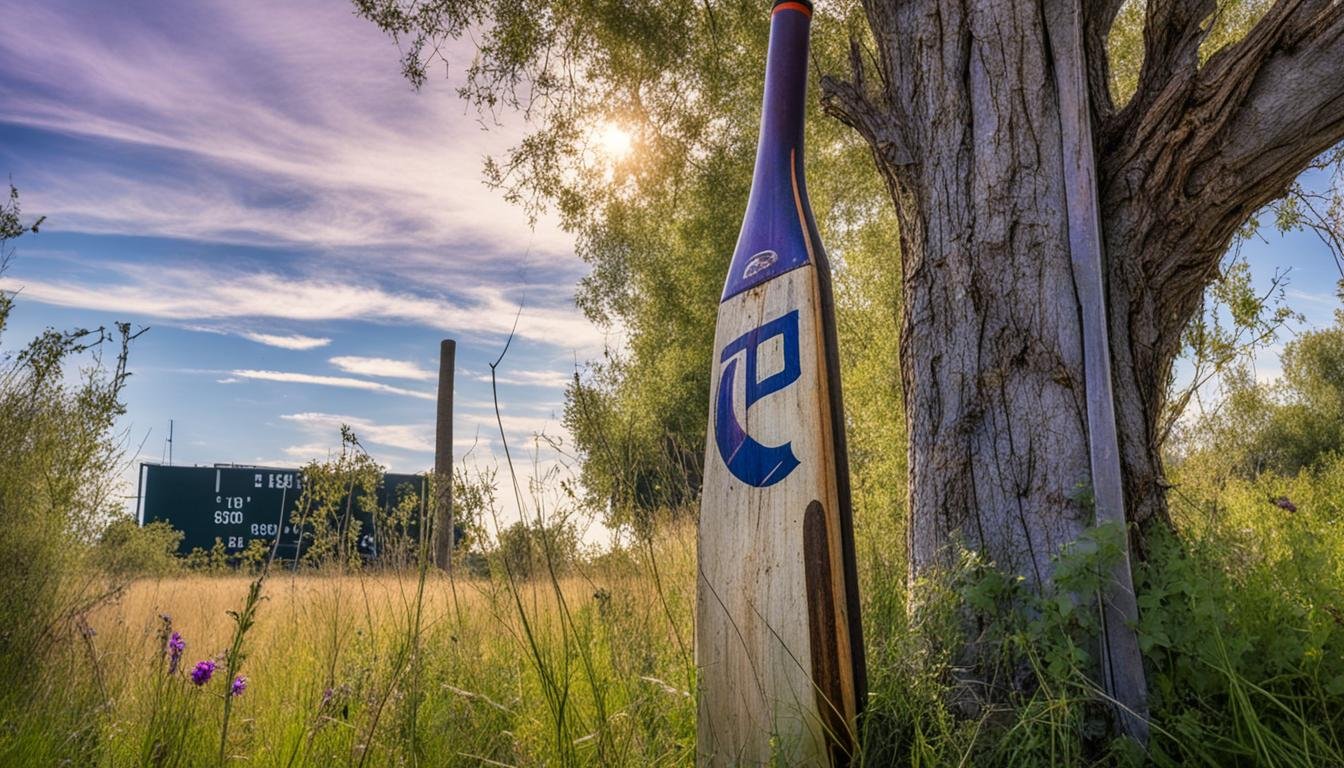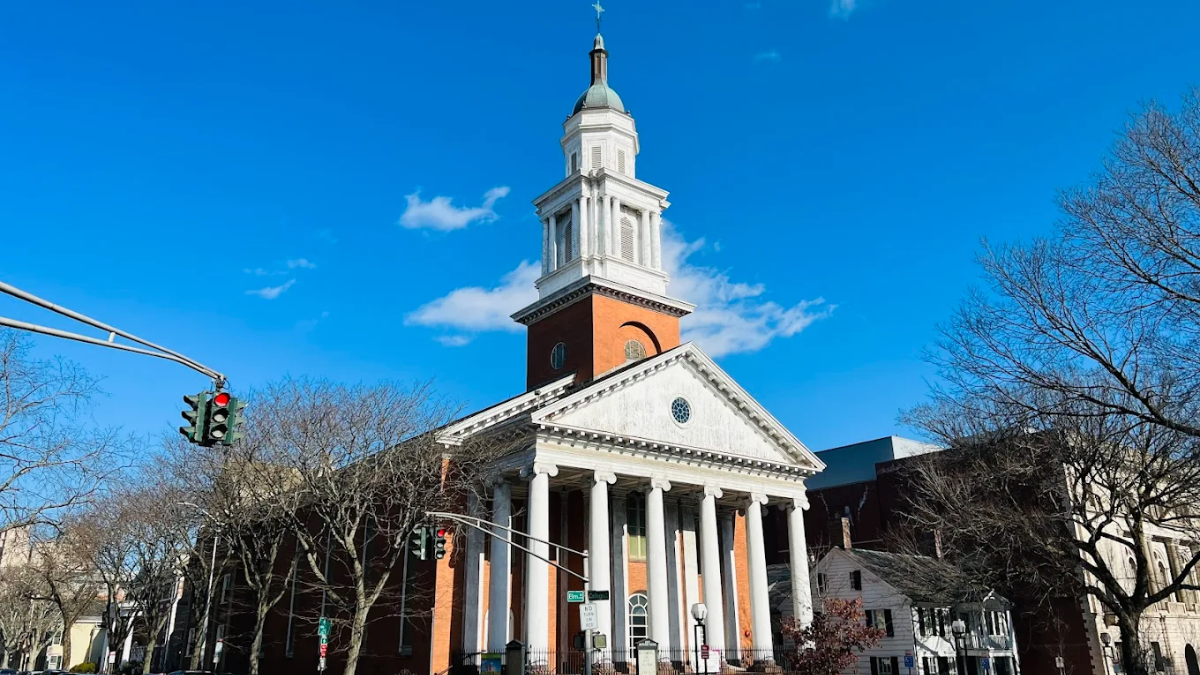If you are a fan of cricket, you know that the sport is filled with legendary players, historical moments, and iconic matches that have left an indelible mark on the game. From classic performances to unforgettable rivalries, cricket’s past is a treasure trove of captivating stories and awe-inspiring achievements.
The Windrush Cricket project, supported by UCL East, has embarked on a mission to uncover these hidden gems of cricket’s past. Through extensive research and virtual interviews with members of the West Indian cricketing community in London, the project aims to shed light on the captivating history and cultural significance of Caribbean cricket teams that emerged with the Windrush generation.
Key Takeaways:
- Cricket’s past is filled with legendary players and iconic matches.
- The Windrush Cricket project is delving into the history of Caribbean cricket teams in London.
- Virtual interviews are providing insights into the experiences and impact of cricket on the lives of West Indian cricketers in London.
- The project aims to uncover hidden stories and celebrate the cultural significance of cricket.
- Stay tuned for more fascinating discoveries and insights into cricket’s past.
Uncovering the Rich Heritage of West Indian Cricket in London
The Windrush Cricket project is on a mission to unearth the hidden history of the West Indian cricketing community in London, with a specific focus on the vibrant neighborhood of Hackney. Through virtual interviews, this project is shedding light on the rich experiences of cricket players, participants, and committee members within the West Indian cricketing community. These interviews provide invaluable insight into the role of cricket in their lives and the challenges they faced.
Cricket has long been a pillar of the West Indian culture, both on the islands and in its diaspora communities. London, with its diverse and connected population, has always been a thriving hub for West Indian cricket enthusiasts. Hackney, in particular, has played a significant role in nurturing and sustaining the passion for the sport.
Also Read: Top Cricket Bats To Elevate Your Game
Virtual interviews have proven to be an effective way to capture the narratives of individuals within the West Indian cricketing community. By harnessing modern technology, the Windrush Cricket project can transcend physical barriers and connect with cricket players and enthusiasts across London and beyond. These virtual interviews allow for a deep exploration of personal experiences, anecdotes, and insights that contribute to the rich tapestry of West Indian cricketing heritage.
Voices from the West Indian Cricketing Community
“Cricket has always been more than just a game for us. It’s a bond that connects us to our roots, it’s a way to honor our ancestors, it’s a symbol of unity within the community.” – Michael Johnson, former West Indian cricket player
The voices of the West Indian cricketing community in London are diverse and multifaceted. From players who have represented their countries at international tournaments to club-level enthusiasts who have dedicated their lives to the sport, each individual brings forward unique perspectives and experiences. Through the virtual interviews conducted by the Windrush Cricket project, these voices are given a platform to be heard and celebrated.
Additionally, these interviews serve as a historical record, ensuring that the stories and experiences of the West Indian cricketing community are preserved for future generations. The project not only documents the triumphs and milestones but also highlights the remarkable resilience and determination exhibited by individuals within the community.
Also Read: A Beginner’s Guide To Cricket Strategy
A Glimpse into the Cricketing Experiences
Through the virtual interviews, a multitude of cricketing experiences within the West Indian community in Hackney are being unveiled. These experiences range from blazing centuries, breathtaking catches, and nail-biting finishes to the camaraderie developed both on and off the field. They encapsulate the passion, unity, and pride that cricket brings to the community.
Moreover, the interviews offer insights into the challenges faced by West Indian cricket players in their pursuit of playing the sport they love. They shed light on the racial prejudices and stereotypes that they had to confront, as well as the determination required to overcome these obstacles.
By delving into the experiences of the West Indian cricketing community in London, the Windrush Cricket project is constructing a narrative that goes beyond the statistics and records. It is capturing the essence of what cricket means to this community and its profound impact on the lives of those involved.
Also Read: Exploring Cricket’s Cultural Impact Worldwide
| West Indian Cricketing Community Interests: | Cricket Matches | Social Gatherings | Committee Involvement |
|---|---|---|---|
| Key Challenges Faced: | Racial Prejudice | Stereotypes | Limited Opportunities |
Cricket as a Unifying Force in West Indian Communities
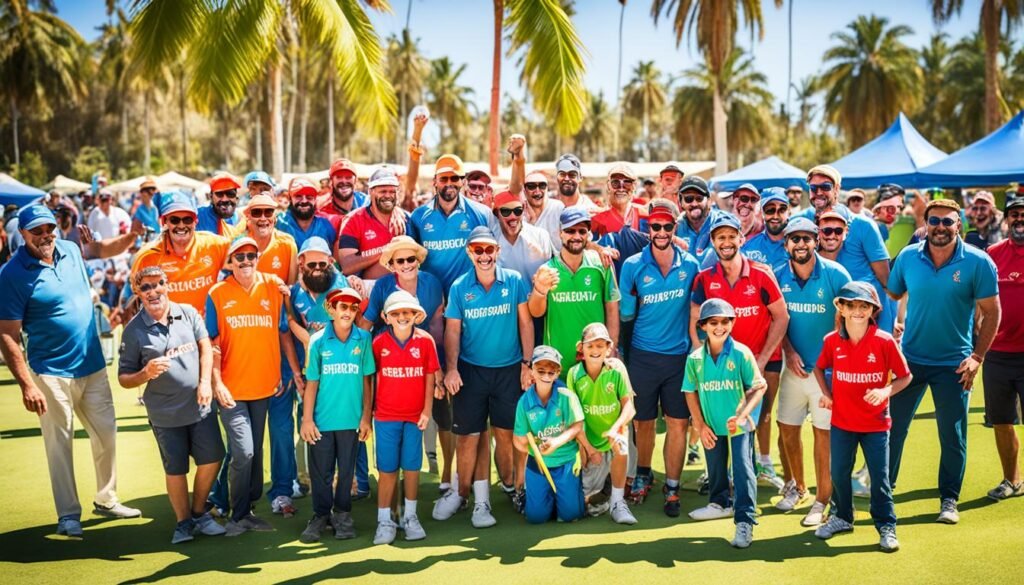
Cricket has played a significant role in fostering unity and pride within West Indian communities in England. Despite racial tensions, the sport acted as a level playing field where West Indians and English people could connect and identify with each other.
Cricket matches became more than just sports events; they were social gatherings that brought communities together. These matches provided an opportunity for West Indians to showcase their skills on the field and adapt to British life off the field. Through cricket, West Indians found a common ground to celebrate their heritage and culture.
Also Read: How Does Network Process Technology Work?
“Cricket has always been more than just a game for us. It has been a platform where we can come together, put aside our differences, and showcase the unity and pride that defines our community.” – Desmond Carter, a member of the West Indian cricketing community in London.
Participating in cricket events allowed West Indians to challenge stereotypes and break down barriers. It provided an avenue for individuals to demonstrate their talent, resilience, and determination in the face of adversity. By excelling in the sport, they gained respect and recognition from both their community and the wider English society.
Cricket served as a unifying force, bridging the gap between different cultures and creating lasting friendships. It fostered an environment where West Indians and English people could interact, learn from one another, and forge a sense of belonging together.
Here is a table showcasing the positive impact of cricket as a unifying force in West Indian communities:
| Impact | Explanation |
|---|---|
| Unity | Cricket brought West Indians and English people together, fostering a sense of togetherness and community. |
| Pride | West Indian communities took pride in their cricketing achievements and their ability to excel in a sport that held immense cultural significance. |
| Social Events | Cricket matches became social gatherings that allowed communities to connect, celebrate, and enjoy the sport. |
| Racial Tensions | Through cricket, West Indians and English people found common ground and built relationships that transcended racial tensions. |
| West Indians in England | Cricket provided a platform for West Indians in England to showcase their talents and make significant contributions to their community and society as a whole. |
Cricket’s ability to unite and inspire pride in West Indian communities is an integral part of its history in England. The sport continues to be a symbol of resilience, cultural heritage, and the power of coming together to overcome challenges.
Also Read: Top Minecraft Server Hosting Choices For 2024
The Challenges Faced by West Indian Players in English Teams
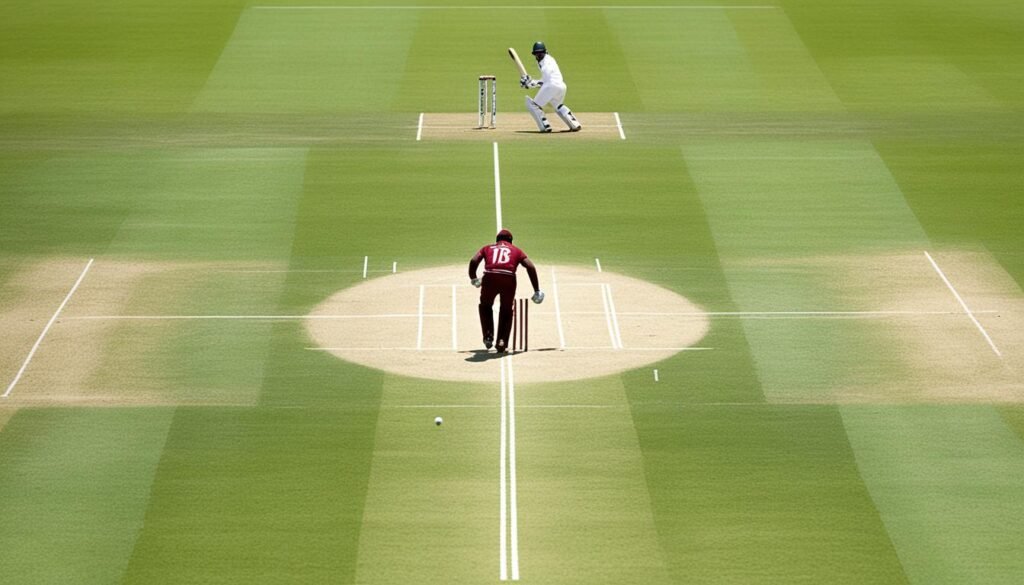
During a time of racial segregations, West Indian players encountered numerous obstacles in their pursuit of professional cricket careers in English teams. Opportunities for West Indian players to earn a place in these teams were scarce due to discriminatory practices prevalent during that era. As a result, the West Indian community in London formed their own teams and established cricket cups to ensure they could continue playing the sport they loved.
The hidden history of West Indian teams in London reflects the resilience and determination of these cricketers, who refused to be deterred by racial barriers. They selflessly sacrificed their time and resources to maintain their passion for cricket, showcasing their skills and fostering a sense of unity within their community through the sport. Despite facing significant challenges, these West Indian cricketers formed a rich sporting legacy that continues to inspire future generations.
The table below illustrates the impact of racial segregations on West Indian players in English teams:
| Challenges Faced | Description |
|---|---|
| Limited Opportunities | Due to racial segregations, West Indian players had limited chances to work professionally or secure places in English teams. |
| Creation of West Indian Teams | West Indians formed their own cricket teams in the London area, ensuring they could continue playing the sport despite the barriers they faced. |
| Cultivating Cricket Cups | To maintain the spirit of the game and foster a sense of community, cricket cups were organized and competed for by West Indian teams. |
| Resilience and Determination | West Indian cricketers exhibited remarkable resilience and determination, overcoming the challenges of racial segregations to pursue their passion. |
The image above visually represents the struggles faced by West Indian players in English teams, emphasizing the significance of the hidden history surrounding this period.
The Passionate Journey of Andy Collier: A Cricket Memorabilia Collector

Andy Collier, a cricket enthusiast from Surrey, England, has devoted his life to the exciting world of cricket memorabilia collection. His love for the game and its rich history has led him on a passionate journey of discovering rare gems to add to his remarkable collection.
One of the focal points of Andy’s collection is photographs of the magnificent ships that cricket teams sailed on during their various tours. These captivating images serve as a window into the past, allowing cricket enthusiasts to relive the glory days of the game while appreciating the remarkable voyages taken by their favorite players.
Driven by his unwavering dedication, Andy actively participates in auctions and explores online platforms to seek out hidden treasures that hold historical significance. His keen eye for detail and commitment to authenticity ensures that each item he acquires is genuine and tells a unique story.
Andy Collier’s cricket memorabilia collection goes beyond tangible objects; it is a testament to the indelible impact the game has had on the lives of players and fans alike. Through his collection, Andy brings the past alive, preserving the memories and cherished moments that make cricket such a beloved sport.
Andy Collier’s Notable Cricket Memorabilia Collection:
| Item | Year | Description |
|---|---|---|
| Photograph of the SS Orontes | 1948 | Legendary Australian cricket team’s voyage to England. |
| Photograph of the HMT Empire Clyde | 1953 | West Indies cricket team’s historic journey to England. |
| Photograph of the SS Oriana | 1961 | Australian cricket team’s voyage to England during the Ashes series. |
| Photograph of the RMS Queen Mary | 1954 | English cricket team’s iconic trip to Australia for the Ashes. |
Andy’s collection serves as a reminder of the deep-rooted traditions and connections between cricket, travel, and the camaraderie forged among players during these extraordinary voyages. It is a testament to his tireless pursuit of preserving cricket’s rich heritage and ensuring the memories live on for future generations to cherish.
Preserving Cricket’s History Through Authentic Memorabilia
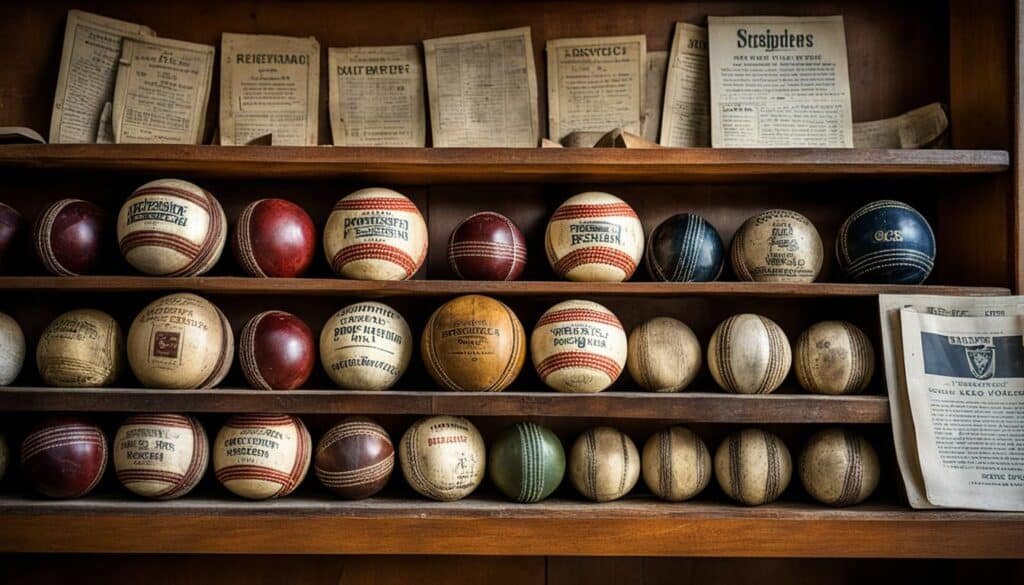
Preserving the authenticity of cricket memorabilia is of utmost importance to collectors like Andy Collier. Through his years of experience, Collier has gained an experienced eye for distinguishing genuine items from replicas or fakes. To ensure the legitimacy of cricket memorabilia, he advises collectors to engage in a thorough process of verification.
Developing an Experienced Eye
One of the key aspects of verifying cricket memorabilia is developing an experienced eye. This involves studying and familiarizing oneself with the historical details, materials, and craftsmanship of genuine items. By examining different pieces, collectors can identify subtle nuances and characteristics that can indicate authenticity.
Asking the Right Questions
When it comes to purchasing or acquiring cricket memorabilia, asking the right questions is crucial. Collectors should inquire about the item’s provenance, history, and any accompanying documentation or certificates of authenticity. This information can provide valuable insights and increase confidence in the item’s legitimacy.
Seeking the Opinions of Other Collectors
Another method to verify the authenticity of cricket memorabilia is by seeking the opinions of other experienced collectors. Engaging with the collector community and participating in specialized forums or events can provide opportunities to discuss and evaluate items. Different perspectives and insights can contribute to a collective knowledge that enhances the verification process.
“Authenticity is crucial in preserving the historical value of cricket memorabilia. Collectors play a vital role in safeguarding the sport’s heritage by ensuring the genuine nature of the items they acquire.”
By following these steps of verification, cricket memorabilia collectors can contribute to the preservation of cricket’s history. Ensuring the authenticity of items not only adds value to a collector’s personal collection but also maintains the integrity of the sport’s heritage.
The Bradman Museum: Celebrating the Spirit of Cricket

The Bradman Museum in Australia is a celebration of the stories and people who have shaped the spirit of cricket. Through its interactive exhibitions, the museum brings to life the defining moments of the game, providing visitors with an immersive experience that showcases the values of cricket: modesty, dignity, integrity, and courage.
The museum’s dedication to preserving cricket’s history is evident in its vast collection of artifacts, memorabilia, and multimedia displays. Each exhibit captures the essence of cricket, from the early days of the sport to the modern era.
The interactive exhibitions at the Bradman Museum allow visitors to engage with and learn about the game in a unique and dynamic way. From testing your batting skills against some of the greatest bowlers in history to experiencing the atmosphere of packed stadiums during thrilling matches, the museum offers a truly immersive journey through the world of cricket.
“The Bradman Museum perfectly encapsulates the spirit of cricket, paying tribute to the heroes and unsung heroes who have made the sport what it is today. It is not just a collection of artifacts, but a living testament to the values and traditions of the game.” – Michael Clarke, former Australian cricket captain.
Exploring the Exhibitions at the Bradman Museum
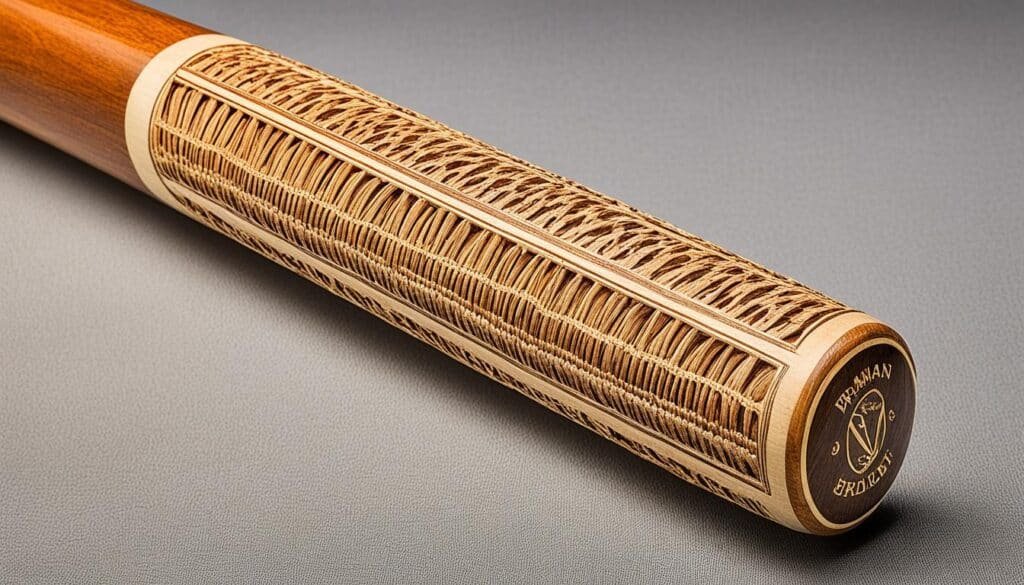
The Bradman Museum in Australia is a treasure trove for cricket enthusiasts, housing a variety of exhibitions that delve into different aspects of the game. From iconic cricket bats to interactive displays showcasing the history of the sport, visitors can immerse themselves in the world of cricket and gain a deeper understanding of its significance.
One of the highlights of the museum is the exhibit featuring Sir Donald Bradman’s legendary cricket bat. As one of the greatest players of all time, Bradman’s bat holds a special place in cricket history. Seeing this iconic piece of equipment up close is a true delight for fans and showcases the craftsmanship and skill required to excel in the game.
The Bradman Gallery is another must-visit exhibition within the museum. Here, visitors can explore the remarkable batting average of Sir Donald Bradman. Known as “The Don,” Bradman’s average of 99.94 remains unparalleled, encapsulating his mastery of the game and earning him a place amongst the greats of the sport. The Bradman Gallery provides a visual representation of this incredible achievement and allows fans to marvel at Bradman’s extraordinary talent.
Interactive exhibitions on the game of cricket offer visitors a chance to engage with the sport on a deeper level. Through multimedia displays and hands-on activities, spectators can learn about the rules, techniques, and strategies that shape the game. These exhibits provide valuable insights into the intricacies of cricket and are particularly engaging for those who are new to the sport.
“Cricket is a game that brings people together, and this is beautifully captured in the exhibition on spectators,” says curator Jane Simmons. “From the roar of the crowd to the camaraderie among fans, cricket has always been an opportunity for communities to bond and celebrate.”
The museum also explores the relationship between cricket and the media. From historic newspaper clippings to modern-day broadcasts, visitors can trace the evolution of cricket coverage and its impact on the sport’s popularity. This exhibition offers a fascinating glimpse into how the media has shaped the world of cricket, from reporting on the matches to capturing the emotions and stories behind the game.
For those interested in the broader context of cricket, the museum features an exhibition on the world of cricket. Visitors can learn about the global reach of the sport, its cultural significance in different countries, and the unique playing styles that have emerged from various cricketing nations. This exhibition celebrates the diversity of cricket and demonstrates its ability to transcend boundaries and unite people from all walks of life.
Lastly, the Bradman Museum pays homage to the greats of the game. Through interactive displays, visitors can explore the lives and achievements of cricketing legends from different eras. From the early pioneers of the game to modern-day superstars, this exhibition showcases the extraordinary talent and contributions of players who have left an indelible mark on cricket’s history.
Exhibitions at the Bradman Museum:
- Bradman’s Cricket Bat
- The Bradman Gallery
- Interactive Exhibitions on the Game of Cricket
- Exhibition on Spectators
- Cricket and the Media
- The World of Cricket
- The Greats of the Game
- Cricket Through the Eras
Ticket Information and Visiting the Bradman Museum
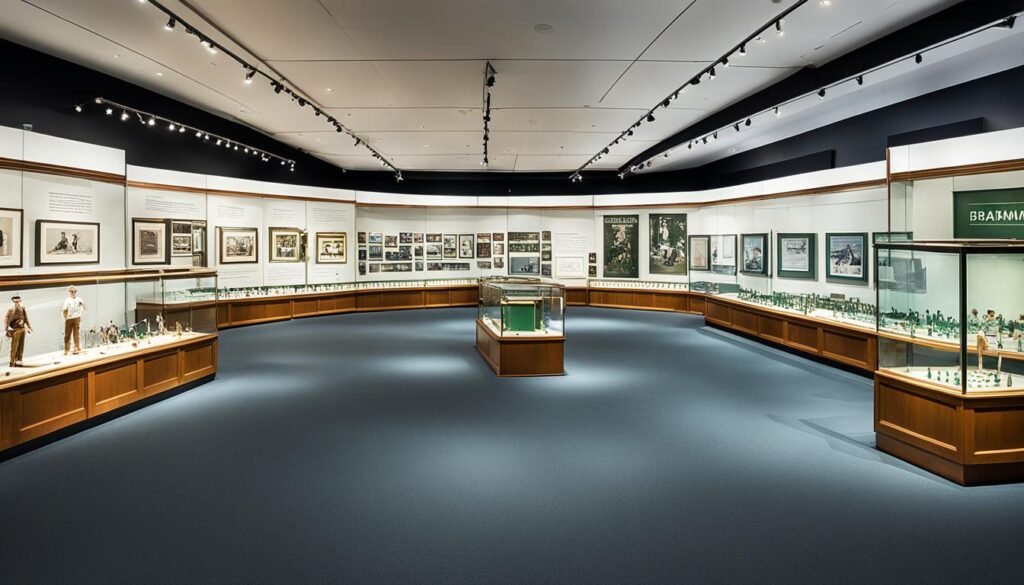
Planning a visit to the Bradman Museum? Here’s everything you need to know about ticket prices, opening hours, guided tours, school programs, accessibility, and the museum’s location in Bowral, New South Wales.
Ticket Prices
The Bradman Museum offers affordable ticket prices for visitors of all ages. Whether you’re a cricket enthusiast or a curious explorer, there’s a ticket option for you. Here are the current ticket prices:
- Adults: $15
- Seniors: $10
- Children (5-15 years): $7
- Family Pass (2 adults + up to 3 children): $35
Opening Hours
The Bradman Museum is open throughout the year, allowing visitors to immerse themselves in the world of cricket at their convenience. The opening hours are as follows:
- Monday to Friday: 10:00 AM – 5:00 PM
- Saturday and Sunday: 10:00 AM – 4:00 PM
Guided Tours
Enhance your museum experience with a guided tour led by knowledgeable staff. Guided tours provide in-depth insights into the museum’s exhibits, stories, and the significance of cricket’s history. To book a guided tour, please contact the museum in advance.
School Programs and Group Visits
The Bradman Museum welcomes school groups and provides tailored educational programs to engage young visitors. The museum offers interactive activities, guided tours, and informative sessions to deepen students’ understanding of cricket’s heritage. For inquiries regarding school programs or group visits, please reach out to the museum’s education department.
Accessibility
The Bradman Museum is committed to ensuring accessibility for all visitors. The facilities are wheelchair accessible, allowing individuals with mobility concerns to navigate the museum comfortably. Additionally, the museum welcomes prams and strollers, promoting a family-friendly environment.
Location
The Bradman Museum is situated in Bowral, a charming town in New South Wales, Australia. The address is:
St Jude Street,
Bowral, NSW 2576,
Australia
The museum’s location in Bowral offers visitors a peaceful setting surrounded by picturesque landscapes, making it an ideal destination for cricket enthusiasts and nature lovers alike.
So, plan your visit to the Bradman Museum and delve into the captivating history of cricket while immersing yourself in the spirit of the game.
Conclusion
The Windrush Cricket project and the collections of avid enthusiasts like Andy Collier have unearthed the hidden gems of cricket’s past, offering us a captivating insight into the rich history and cultural significance of the sport. Through virtual interviews, the project has shed light on the experiences of the West Indian cricketing community in London, showcasing cricket’s profound impact on their lives.
Cricket has played a unifying role in West Indian communities, fostering pride and unity. Despite racial tensions, cricket became a platform where West Indians in England connected with the local population, forging bonds through this beloved sport. Furthermore, the challenges faced by West Indian cricketers in English teams led to the establishment of their own teams in the London area, epitomizing their determination and resilience in preserving their cricketing heritage.
Collectors like Andy Collier have passionately dedicated their lives to preserving cricket’s history through authentic memorabilia. Emphasizing the importance of authenticity, Collier advises collectors to ask the right questions, develop an experienced eye, and seek verification from other knowledgeable collectors. This commitment to preserving the integrity of cricket memorabilia ensures that the historical value remains intact, allowing future generations to cherish the legacy of the sport.
The Bradman Museum stands as a testament to the spirit of cricket, celebrating its defining moments and upholding its cherished values. The museum’s interactive exhibitions provide an immersive journey through the history of cricket, from the legendary players and their remarkable performances to the evolution of the game across different eras. By preserving the legacy of cricket, the museum ignites passion and inspires admiration among visitors of all ages.
Also Refer : Top Cricket Bats To Elevate Your Game
FAQs
Q: What are some of the hidden gems of cricket’s past?
A: Some of the hidden gems of cricket’s past include iconic players like Sachin Tendulkar, Rahul Dravid, Sourav Ganguly, and Mohammad Azharuddin, as well as memorable events like the 1992 World Cup and the World Cup in England.
Q: Who are some prominent cricketers from the Indian subcontinent?
A: Prominent cricketers from the Indian subcontinent include Sachin Tendulkar, Rahul Dravid, Sourav Ganguly, and Virender Sehwag, among others.
Q: What are the different formats of cricket in which these hidden gems excelled?
A: These hidden gems excelled in formats such as Test cricket, One Day Internationals (ODIs), and the Indian Premier League (IPL).
Q: Which teams or countries are notable in the context of these hidden gems and their performances?
A: Teams or countries like Pakistan, Sri Lanka, Bangladesh, Zimbabwe, and South Africa are notable in the context of these hidden gems and their performances.
Q: What role did these hidden gems play in the international cricketing world?
A: These hidden gems significantly contributed to the international cricketing world as exceptional players, captains, and leaders, leaving an indelible mark on the sport.
Q: What are some significant events or achievements associated with these hidden gems?
A: Some significant events or achievements associated with these hidden gems include Test series wins, ODI series victories, and illustrious performances in the Cricket World Cup.
Q: How did these hidden gems contribute to the development of cricket in their respective countries and globally?
A: These hidden gems contributed to the development of cricket through their remarkable skills, leadership, and impact on the cricketing culture both within their countries and on the global stage.
Q: What is the role of the BCCI (Board of Control for Cricket in India) in the context of these hidden gems?
A: The BCCI played a crucial role in nurturing and promoting these hidden gems, providing them with opportunities to excel and represent India at the highest levels of the sport.
Q: How did the IPL (Indian Premier League) contribute to the recognition and influence of these hidden gems?
A: The IPL provided a platform for these hidden gems to showcase their talents, gain international recognition, and elevate the popularity of Indian cricket on a global scale.
Q: What lasting legacy have these hidden gems left on the world of cricket?
A: These hidden gems have left an enduring legacy by inspiring future generations of cricketers, redefining the standards of excellence in the sport, and etching their names in the annals of cricket history.
